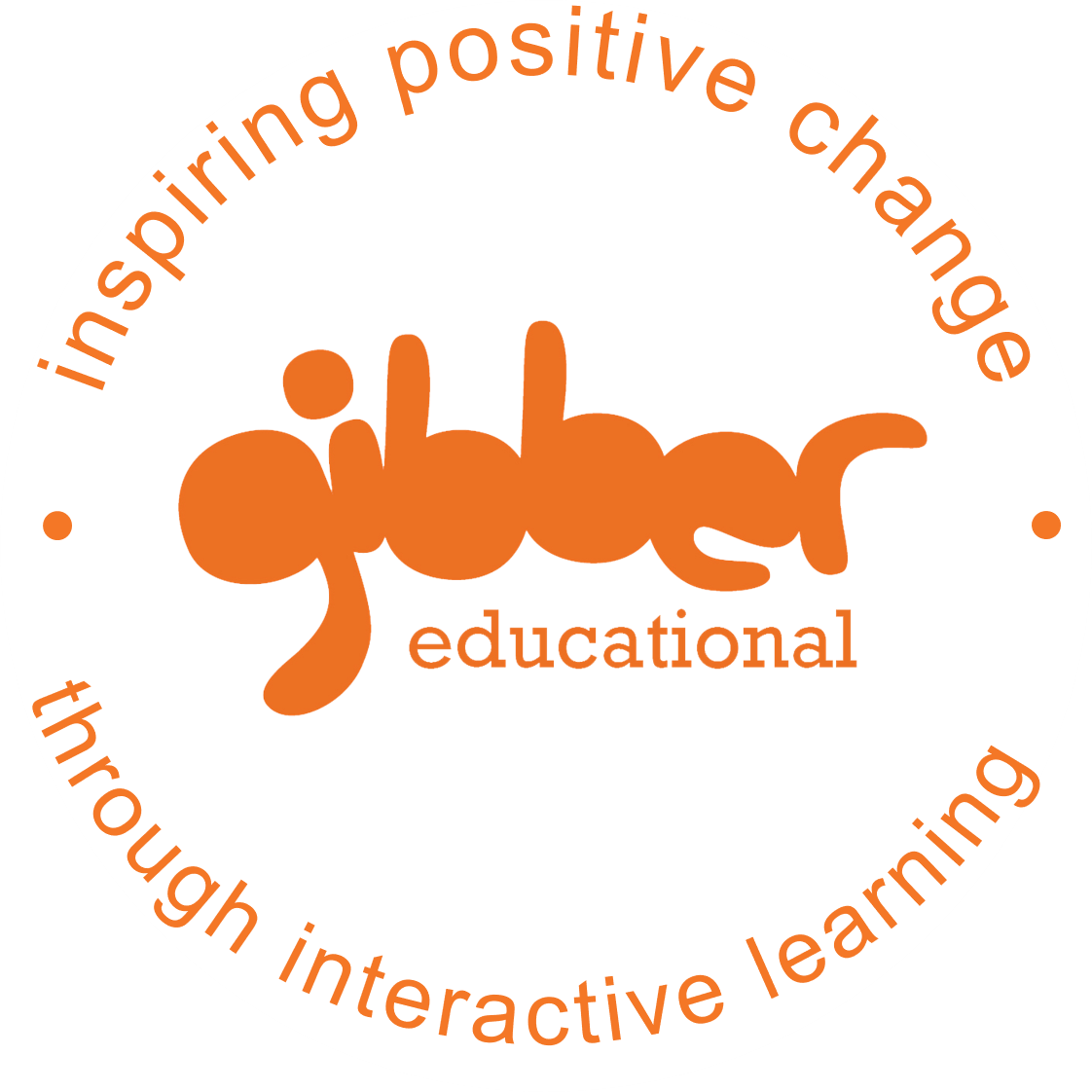
A positive impact on future generations.
Many dynamic organisations are building Theatre in Education (TiE) into their education programs. And they see results from the positive impact it can have on our future generations.
But what is Theatre in Education? When did it start? How does it inspire positive change? Why does it support the education of young people and children?
In this blog post, we hope to answer these questions and reveal what TiE is all about.
What is Theatre in Education?
Traditionally: ‘Theatre in Education is a process that uses interactive theatre/drama practices to help aid the educational process.’
The ground-breaking Theatre in Education (TiE) movement was first pioneered by the Belgrade in 1965, as a way to use theatre and drama to create a range of learning opportunities for young people. The delivered a free TiE service to schools across Coventry between 1965 and 1996.
The Theatre in Education movement soon spread to theatres across the UK. Then to broader settings across the globe. Inspiring a wide range of interactive theatre with children and young people. Encouraging and empowering them to investigate challenging situations for themselves.
What makes Gibber Theatre in Education different?
“It had something for everybody. It’s something I have never seen before, and I really enjoyed it.”
Student, Cockermouth School
Gibber have been specialising in Theatre in Education for 21 years. What makes us different is our innovative approach. The unique way we engage, challenge, and inspire young people about important life choices and social health issues.
For TiE to be effective it must be good. First and foremost, we must inspire our audience with an engaging, entertaining piece of professional theatre. We write powerful, up to date scripts full of authentic, real scenarios and characters. These are bought to life by our experienced, well-trained actors.
We use a mix of live theatre, multimedia, interactive activities, and follow-on resources. It’s all these elements together that evaluation highlights have the most impact, along with the interactive delivery style that helps young peoples to understand the topic presented.
Students tell us what they enjoy about a Gibber TiE is how we interact with everyone. Everyone gets a say. There is a chance for anyone to say anything or ask anything.
They comment that our actors are brilliant. Enthusiastic and friendly. Making sure everyone has fun while learning. The drama is compelling too, with parts that all people can relate to.
Gibber Theatre in Education is about celebrating the joy of learning. The people we work with say we ‘totally get it’. We appreciate that while we are trying to make things fun, there is a serious underlying message as well.
How does TiE support organisations to educate young people and inspire a positive change?
1. It is inspirational.
TiE engages children and young people in their learning, it excites them, and they become more aware. Drawn in by the power of the live theatre and the highly skilled actors who present it; the relevance and real-life scenarios make an impression. It helps them to reflect on their behaviour and embrace key messages.
2. It challenges perceptions, changes attitudes & behaviour.
Theatre in Education provides a safe learning space for children and young people. One where they can think about the issues and look at the outcomes of actions for themselves. Theorists identify the character creation in Theatre in Education as a must for attitudes to change.
‘Young People’ characters in a performance are reflective of the young people in the audience akin to peer mentors, credible and likeable, which helps young people to incorporate the messages into their thinking. Identification with the characters portrayed has been presented by some as a prerequisite for attitudinal and behaviour change Perceived realism and authenticity. (Cohen 2001).
3. It improves self-esteem, motivation, and achievement.
By using drama as a learning tool, young people can add purpose and value to their creativity. It lets them find their own unique ways to discover the answers for themselves. Working in this way improves self-esteem, motivation, and achievement.
4. It delivers important messages that are easily understood and remembered.
Theatre in Education encourages young people to develop enquiry skills. It questions what influences are around them, which in turn impacts on behaviours and attitude as well as inspires them to make informed, healthy life choices.
The ability to portray topics in a very visual way and to provide a context for the information given is identified as a strength of Theatre in Education in that it allows young people to make inferences about what the information provided means for themselves in everyday life. (Mages et al. 2007)
When you combine learning with a fun and enjoyable experience, evaluation proves that the messages are more likely to be understood and remembered.
5. It maximises learning.
Gibber’s TiE model mixes modern technology with proven drama-based communications. We were the first TiE company to add a media screen to the production set. The screen ensures a multi-sensory learning experience. And it visually promotes all main messages to helps maximise pupil learning.
Do you need help to engage and inspire a young audience and like the sound of Theatre in Education? We can help you. Please get in touch.
You might also like to read about some of our Theatre in Schools programs.

Recent Comments